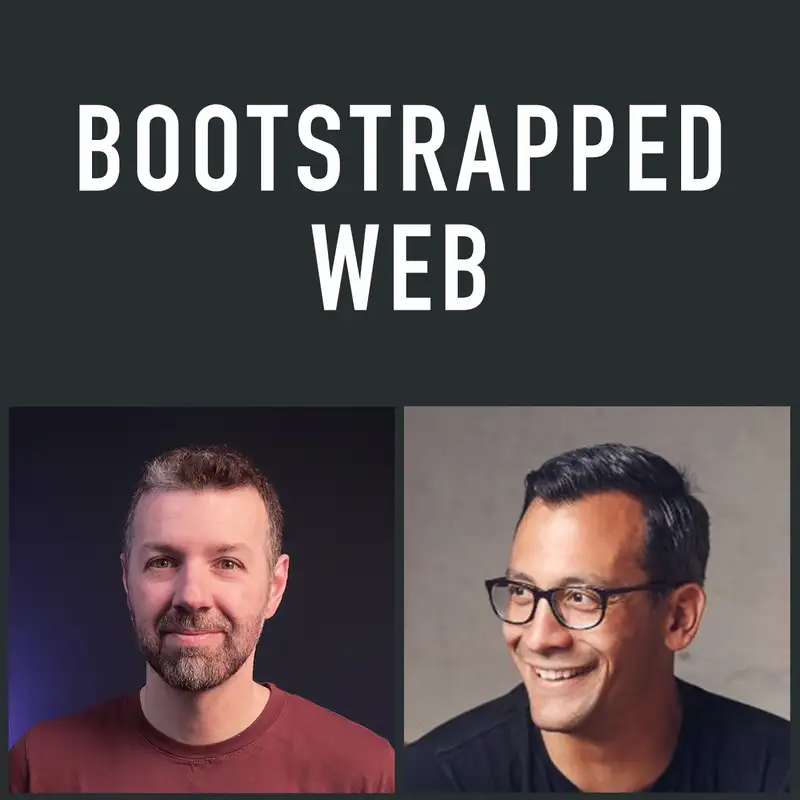Networks & Audiences
Ripple.fm is live and open. Rosie is live for self serve signups. Niche social networking. Advertising using video. Cold outreach playbooks. And a special guest joins the show
Join our free community for Bootstrapped Web listeners
Connect with Jordan:
Jordan's company, Rosie
Jordan on Twitter: @jordangal
Jordan on Threads: @jordangal
Connect with Brian:
Brian's Consulting services: OneMonth.app & Tailor-Made UI
Brian's SaaS, Clarityflow
Brian on Twitter: @casjam
Brian on Threads: @brian.casel
Ripple.fm is live and open. Rosie is live for self serve signups. Niche social networking. Advertising using video. Cold outreach playbooks. And a special guest joins the show
Join our free community for Bootstrapped Web listeners
Connect with Jordan:
- Jordan's company, Rosie
- Jordan on Twitter: @jordangal
- Jordan on Threads: @jordangal
Connect with Brian:
- Brian's Consulting services: OneMonth.app & Tailor-Made UI
- Brian's SaaS, Clarityflow
- Brian on Twitter: @casjam
- Brian on Threads: @brian.casel
